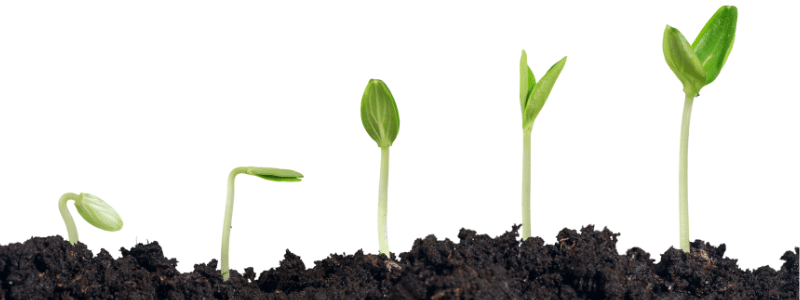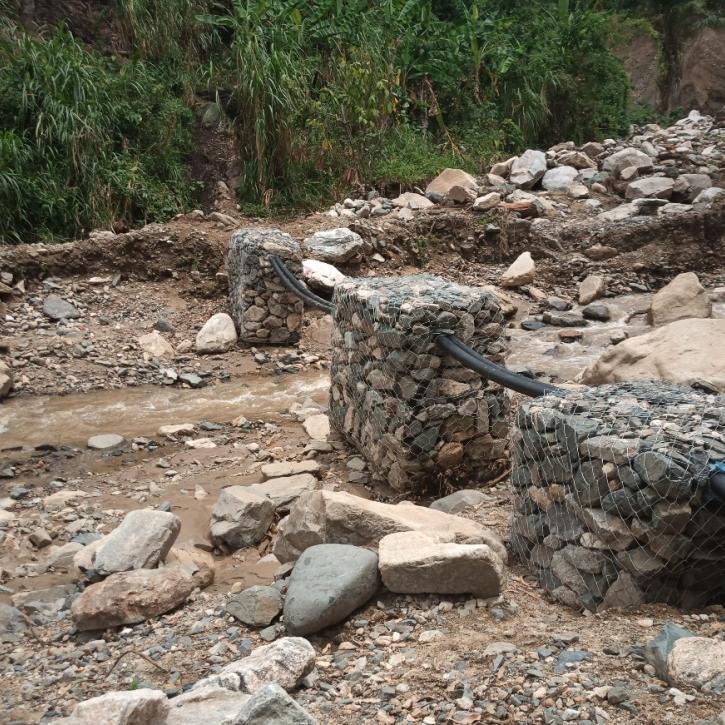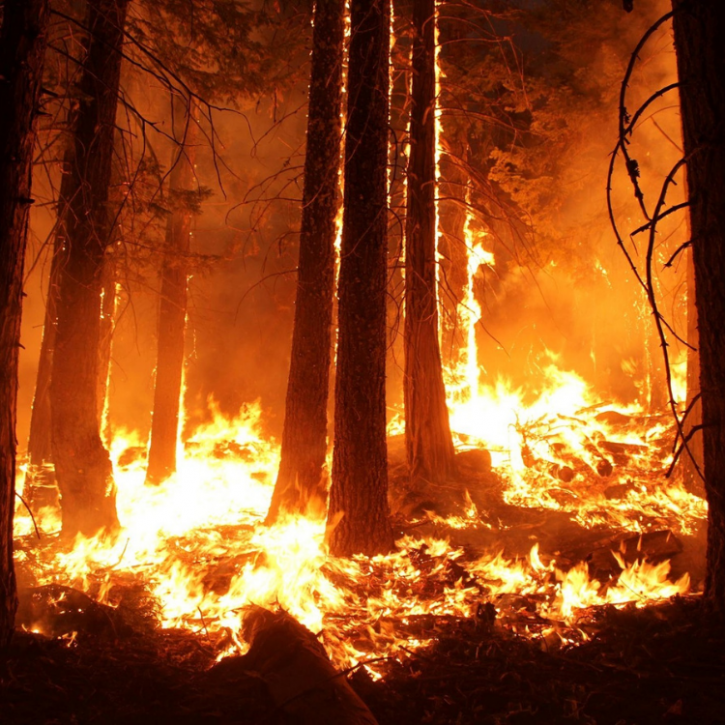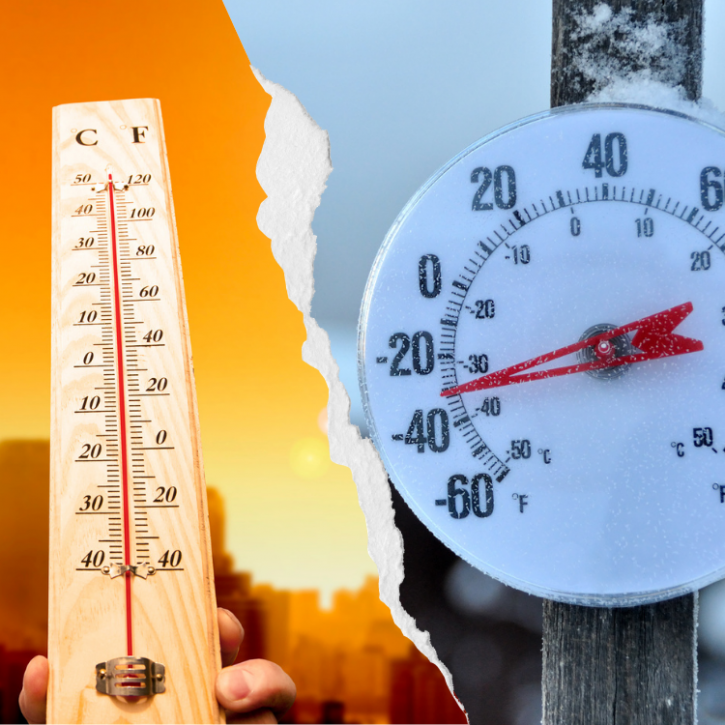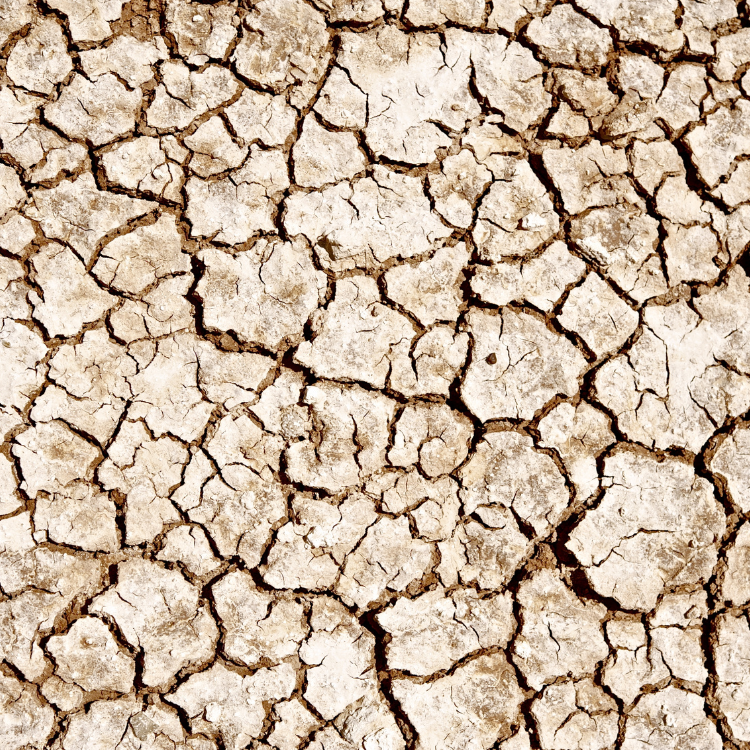

A storyline attribution of the 2011/2012 drought in Southeastern South America
Title: A storyline attribution of the 2011/2012 drought in Southeastern South America
Authors: Linda van Garderen, Julia Mindlin
Journal: Weather
URL: https://doi.org/10.1002/wea.4185
Often it is assumed that increased dryness will lead to increased droughts, the same for wetness and floods. Dryness or wetness refers to the climatological state of a region, whereas drought refers to an extreme event. However, in some regions, climate change is expected to increase both wetness and the intensity of droughts simultaneously.
Southeastern South America (SESA) is a region of South America centred in the La Plata Basin which includes Uruguay, the southeast of Argentina, the southern tip of Brazil and the southeastern tip of Paraguay. The climatology of this region has been affected by climate change through wetting. The SESA region also suffers from regular droughts, approximately every 5 to 10 years, with severe impacts on agriculture and hydropower production. These droughts are part of the climatology. However, it is unknown how climate change will influence them.
The 2011/2012 summer drought is an example of a short but devastating event, with damages in corn and soybean production running up to USD 2.5 billion. In this work, we ask the following questions: How did global warming affect the severity of this particular drought event? What would be the impact of this particular drought event in a world with a 2-degree warming? For this, we simulated the same dynamical conditions of the event in three different 'worlds' which are called storylines; a world without climate change, a world as we know it (including climate change) and a world with 2-degree Celsius global warming. Comparing the results of the same event in different storylines is a conditional climate change attribution.
We found that due to climate change the temperatures increased and more moisture was evaporated (and thus lost); the drought is more extreme due to climate change. However, the drought severity was counterbalanced by the background climatological wetting trend (increased precipitation in the rest of the year), compensating any signal in the general water balance. The more severe drought and the increased wetting of the region balanced each other out in both the world as is and the plus 2-degree world. If under a different level of warming, or with a different drought, the effect of climate change on drought extremes would bypass the wetting background remains unclear.

